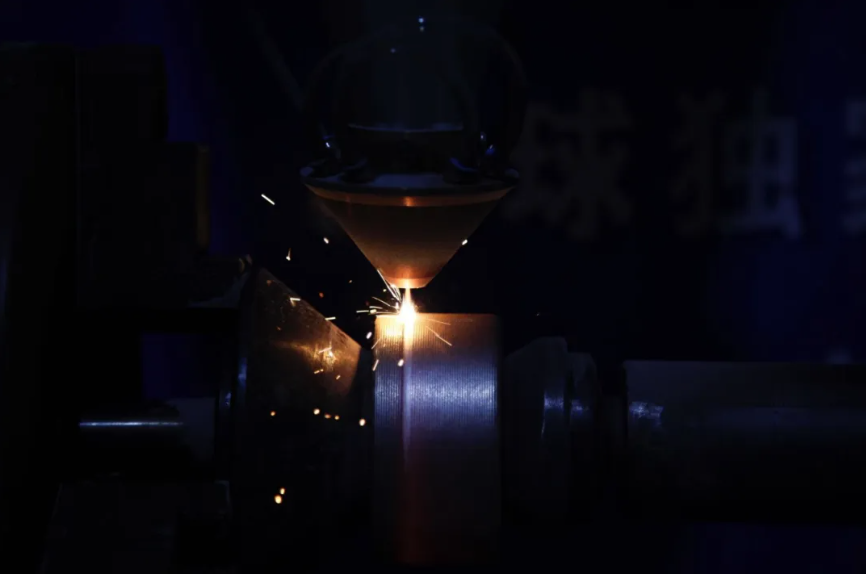History of Lasers
Lasers have been hailed as one of the great inventions of the twentieth century, following nuclear power, computers, and semiconductors, and have brought about a great technological breakthrough for mankind. The laser radiation produced by lasers is famous for being the "fastest blade", the "most accurate ruler" and the "brightest light". Nowadays, laser technology plays an important role in many fields such as medicine, the military industry, communications, and so on.
The birth of the laser is the result of the tireless efforts and arduous exploration of many scientists.
In 1917, Albert Einstein proposed the concept of "stimulated radiation", which laid the cornerstone for the theoretical foundation of lasers.
Although the theory of lasers had already been proposed at that time, the actual preparation of lasers was quite challenging. By the 1950s, with the progress of photon and microwave technology, the manufacture of an oscillator capable of generating controlled light waves became a priority, which is the prototype of the laser.
American scientist Charles Towns successfully developed the world's first microwave exciter in 1954, marking the initial realization of laser technology.
Soon afterward, his brother-in-law, Schawlow, joined in. They discovered in their experiments that the amplifiers and oscillators developed using the principle of excited radiation from molecular or atomic systems could be extended in principle to the infrared, visible, and shorter wavelength bands to produce very good coherent radiation. They then devoted themselves to the study of ruby crystals and concluded that it must be possible to produce lasers in ruby.
Meanwhile, scientists in the Soviet Union were actively advancing on design solutions for semiconductor lasers.
In the midst of this fierce battle for invention, the American physicist Maiman modified the ruby microwave amplifier, making its performance much better and its size much smaller. Maiman in 1960 finally obtained a wavelength of 0.6943 microns of laser light, successfully obtained the first beam of laser light in the history of mankind, and became one of the founders of laser technology.
The discovery of the laser opened up a new world in the field of modern optics. Maiman, after unremitting efforts, eventually became the winner of this century's battle. in July 1960, Maiman made the first ruby as the light source of the first quantum amplifier, that is, the first laser, he thus became the world's first to introduce the laser into the practical field of scientists.
Since Maiman's breakthrough, laser technology has continued to innovate and develop.
The first high-power laser, the carbon dioxide laser, was born in 1965; the X-ray laser was successfully developed in 1967; and in 1997, researchers at the Massachusetts Institute of Technology (MIT) in the U.S. developed the atomic laser.
The widespread use of lasers has permeated everyday life. In fiber optic communications, lasers are used as carriers, solving the problem of light sources and making communications more efficient. In the future, with the continuous research and development of laser technology, the performance of lasers will continue to improve, the cost will be further reduced, and their application areas will continue to expand and play a more important role.




Comments
Post a Comment